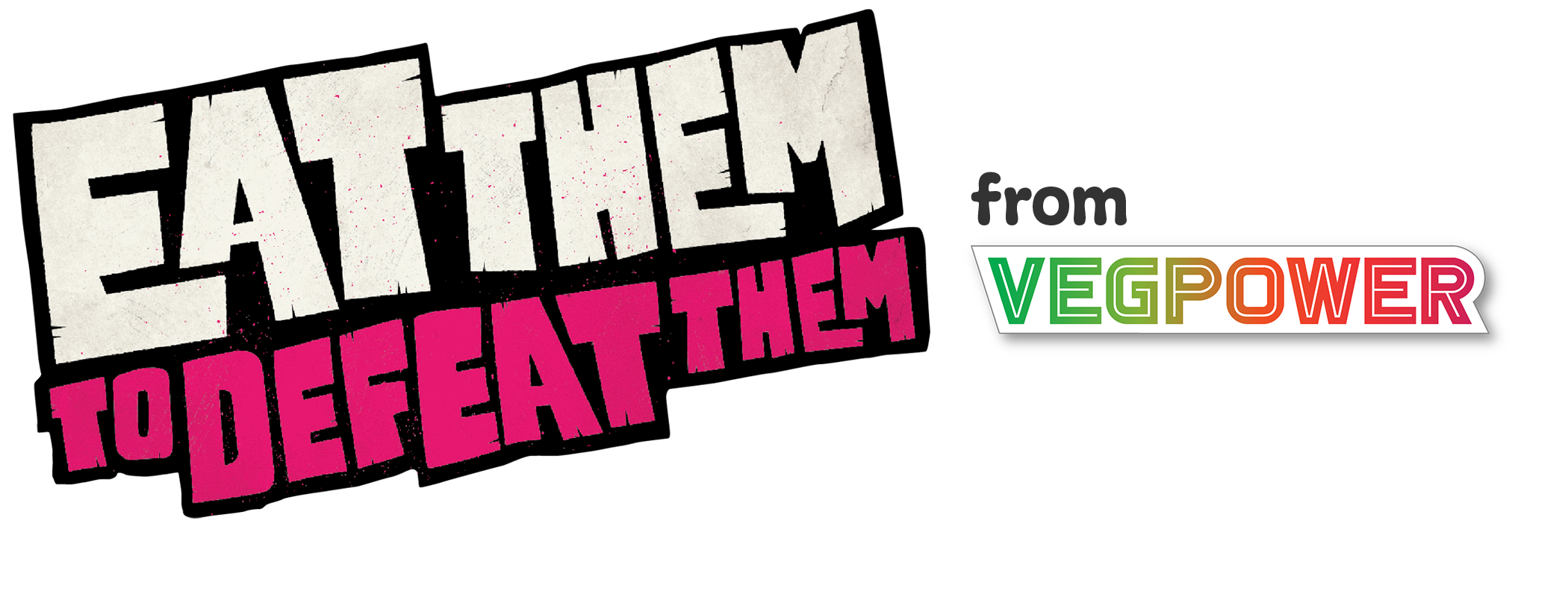Tomatoes

Hang on, hang on – it’s not a vegetable, it’s a fruit! Well, botanically speaking it is, but in nutritional and culinary terms it’s a vegetable – it makes no sense, but we don’t care, because they are great.
Today the biggest tomato fight in the world happens each year in the small Spanish town of Buñol. The festival, called La Tomatina, involves some 40,000 people throwing 150,000 tomatoes at each other! Search out the videos online – it’s insane.

Nutrition
Tomatoes are a source of vitamin C, which keeps our immune system working properly so we can fight illness and flu.

Shopping Guide
Try shopping for tomatoes that have a good weight for its size and ideally should be firm, whilst giving into any real pressure. Look out for dark spots and blemishes.

Storage
Whole tomatoes are best kept on the counter until ripe, then either eat straight away or move to the fridge for up to 1-2 weeks. Once cut, wrap tightly or place in an airtight container and keep in the fridge for a couple of days.

Preparation
This incredibly flexible vegetable can be used raw in salads, is the basis of many sauces and is great in stews. You can use it fresh (in many different sizes, shapes and colours), dried, concentrated (in tomato puree), as juice, or the ever-popular (and very affordable) tinned.

Kids in the Kitchen
For a younger child, why not make squashed tomato pasta sauce? This is especially great to make in summer when tomatoes are ripe and cheaply available. Find a selection of the ripest tomatoes you can (doesn’t matter what size or type) and make sure to watch out for clothes and surfaces as it can get a little messy! Halve the tomatoes and pop them in a large bowl, then let the kids squash and squeeze until they have got a delicious mess of squashed tomatoes and juices. Add in a little oil, salt and garlic if you like, and toss through hot pasta with or without cheese and basil.
For an older child, it could be a great opportunity to learn the bridge grip for slicing tomatoes. Use a few dark red, ripe tomatoes both for better flavour and easier cutting, and see if they want to sprinkle over a little salt and drizzle some oil to make a tasty and very simple side salad for tea.
Find more ideas for involving kids in the kitchen here.

Sensory
Explore the look of tomatoes by getting a couple of types of tomatoes, either in different colours or different sizes and shapes. See what they remind you of and how they compare to each other. If your child feels up to exploring through taste, you could talk about the different types of taste (sweet, salty, sour, bitter, savoury) and see what they get from tomatoes by eating, smelling or licking a piece. Tomatoes can vary from sweet (ripe) to sour (unripe) and even savoury, so this can be a great way to explore flavour preferences with a child.
Watch our video from Ruth Platt for a visual guide to exploring peppers with your senses here. Find more sensory ideas, tips and videos here. If you get stuck and need a little help with describing words, we have a selection for you here, too!

Serving
Tomatoes can be served in many different shapes and forms, so lend themselves to coming up with fun names, descriptions and stories. See if your child can come up with a fun name for a meal involving tomatoes and perhaps even a funny story, too. If you’ve also included them a little in the preparation, they can even put their name in the title and serve it as “their” dish!
Find the best ways of involving your own child and their skills and interests on our Roles for Kids page.

Activities
Why not try making a tomato veg crown, tomato facemask or tomato – cutout ‘n’ colour page?
Or if your kid loves puzzles and games, try totally blitzed, evil inside, or squash ’em.
Find loads more free tomato-themed crafts here and games here.

Seasonality
Buying veg in season is not only great for the planet, it can be good for your wallet, too! Buying tomatoes over later spring and early summer will get you the best flavour and price – look for British tomatoes for the lowest prices and best environmental benefits.
Coming In:
April
At Its Best:
May - December

Your Food
Whether you prefer tomatoes fresh, cooked or tinned, as a sauce, or tossed with a salad, we have plenty of fun, simple and affordable recipes for you to use.

If You Like Tomatoes…Try
Does your child enjoy tomatoes? That’s great! Tomatoes are usually soft and have a sweet-and-sour flavour, so why not try a similar texture and/or taste…
The Wonderful World of Veg
Check out our vegepedia. When to buy in-season. How to store them to keep for longer. How to engage children with each veg, and simple ideas of how to prepare and cook them for maximum taste and minimum waste. Select a veg…




